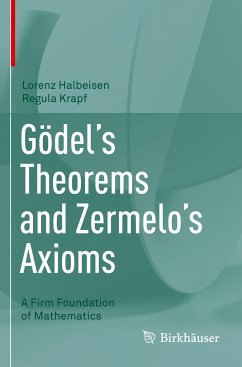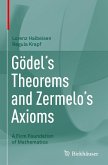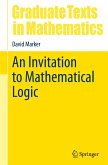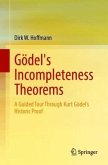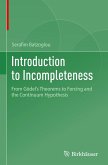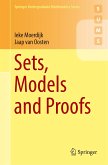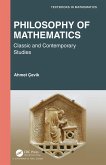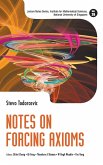This book provides a concise and self-contained introduction to the foundations of mathematics. The first part covers the fundamental notions of mathematical logic, including logical axioms, formal proofs and the basics of model theory. Building on this, in the second and third part of the book the authors present detailed proofs of Gödel's classical completeness and incompleteness theorems. In particular, the book includes a full proof of Gödel's second incompleteness theorem which states that it is impossible to prove the consistency of arithmetic within its axioms. The final part is dedicated to an introduction into modern axiomatic set theory based on the Zermelo's axioms, containing a presentation of Gödel's constructible universe of sets. A recurring theme in the whole book consists of standard and non-standard models of several theories, such as Peano arithmetic, Presburger arithmetic and the real numbers.
The book addresses undergraduate mathematics students and is suitable for a one or two semester introductory course into logic and set theory. Each chapter concludes with a list of exercises.
The book addresses undergraduate mathematics students and is suitable for a one or two semester introductory course into logic and set theory. Each chapter concludes with a list of exercises.
"The book under review is a compact and rich manual (surprisingly rich, I would say, given its compactness), that well serves the purpose declared by the authors themselves ... . The book is divided into four parts, each of which is made up of chapters. Useful exercises are offered at the end of each of them, which often nicely complete the information of the text." (Riccardo Bruni, Mathematical Reviews, August, 2022)

